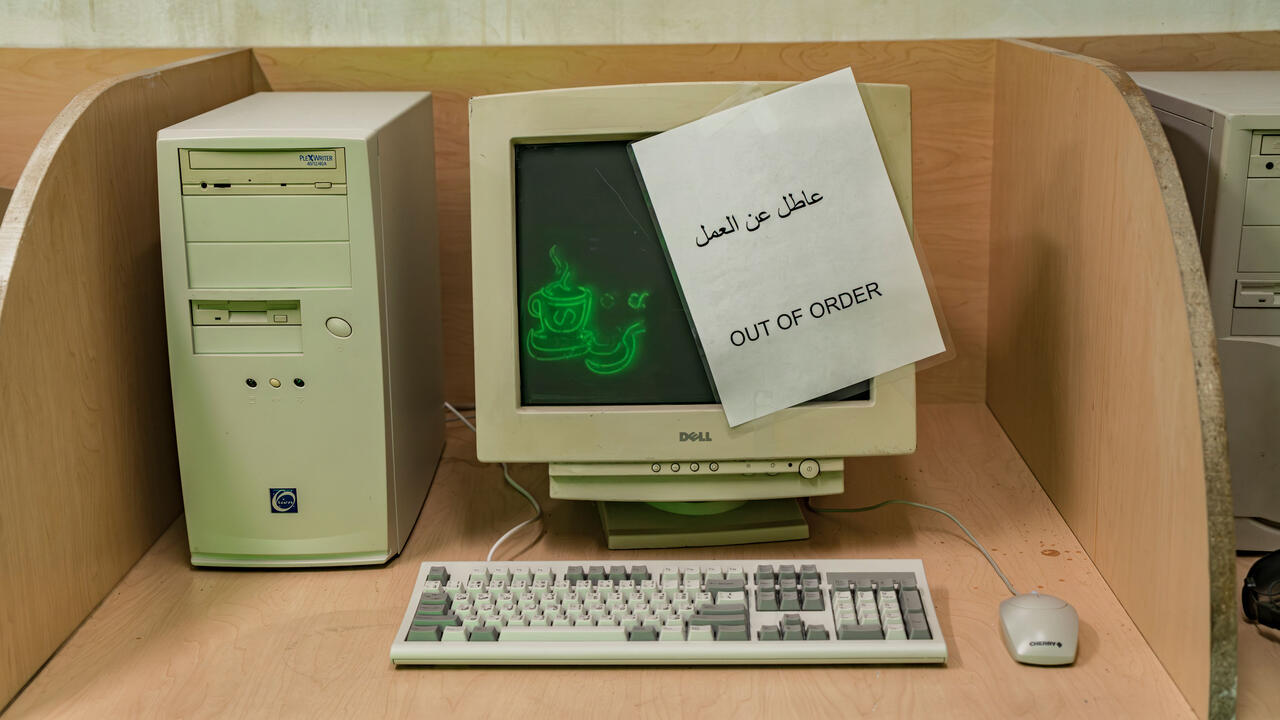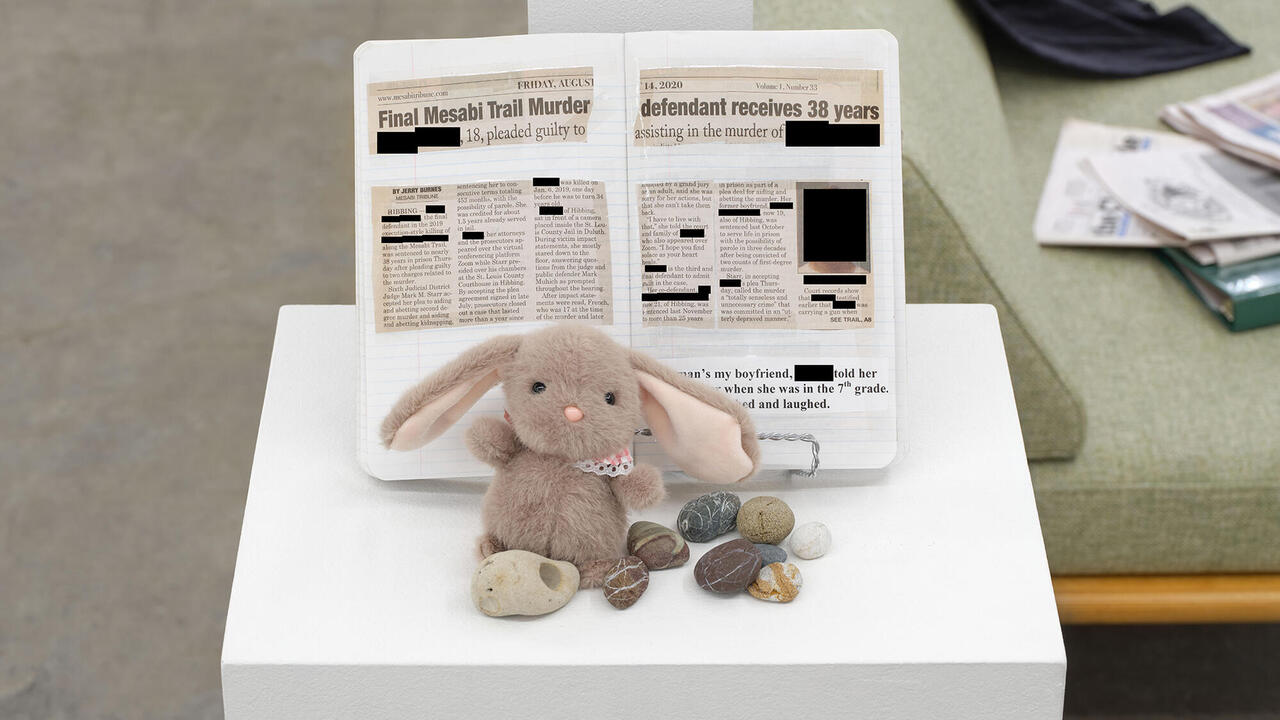Chris Kraus on ‘Henry Taylor, with a New Film by Kahlil Joseph’
‘The exhibition was one of the most formative and memorable things I’ve ever seen’
‘The exhibition was one of the most formative and memorable things I’ve ever seen’

For this indelible show, which was at once an exhibition of paintings and a conceptual installation, Henry Taylor divided the 1,500 m² of Blum & Poe into four separate sections, amounting to four cardinal points of potential experience. Upon entering the gallery, I stepped into a room designed to summon and encapsulate South Central Los Angeles. The floor was filled with parched sand dirt, a disused water pump, a large dead tree. There were the ubiquitous metropolitan artefacts of homelessness: a tarpaulin and a two-man tent, a chain-link fence, some rubbish bags and water bottles, the scattered personal effects of someone living on the street. Portraits of residents that the artist met and re-met in the neighbourhood hung from the four walls of the gallery: a skinny, crazy-looking man holding up a cardboard sign (Too Sweet, 2016); a sidewalk stylist blow-drying someone’s hair (Gettin It Done, 2016); an elderly man in a stocking cap with large, sad eyes (Pride of the Homeless, 2016).
Adjacent to this space, a huge, white wrought-iron gate opened up onto a room completely carpeted in bright green Astroturf with a swimming pool. Evoking a gated community, the room stood in for heaven – the flip side of South Central’s hell. Portraits of alert, well-composed people in athleisure wear sitting on webbed poolside chairs lined the walls. Anxiety wasn’t absent there, though; the portraits depict faces sharpened by responsibilities, even – as in fil’s house (2016) – when they’re wearing Ray Bans and floating in the pool.

The third gallery, evoking Taylor’s own studio, represented an escape or a reprieve from the tired binary of ghetto life versus the black bourgeoisie. There, portraits of fellow artists, writers, curators and philosophers of mixed and many races hung haphazardly on the walls and were stacked up on the floor. In the studio – an open space of impression and experimentation – the colours were less aggressively bright and, finally, I felt I could breathe. The faces of the people in these paintings signal the true luxury of having less to prove. Taylor’s concept and creation of the ‘studio’ environment reminded me of his late contemporary Julie Becker’s ‘researcher’s room’, which formed the brain centre of her great installation, Researchers, Residents, a Place to Rest (1993–96).
But the real realm of wonder opened as I entered the fourth gallery, a re-creation of the backstage area of the Santa Barbara County Bowl, featuring a projection of Kahlil Joseph’s looped, 10-minute dual-screen film, Wizard of the Upper Amazon (2016). The installation was an homage to Taylor’s memory of his brief backstage meeting with Bob Marley, when Marley played at the venue in 1979. The smoke-filled room was lined with black metal folding chairs. There was a card table and a soccer ball in the physical space of the installation, but I stumbled in the dark, immersed in an environment created wholly by the film: Jamaican musicians flanked by a couple of made-up white American blonde girls, all smoking weed; African American men, visitors, perhaps like Taylor, sitting on the same black folding chairs – a zone of multiple taboos and rituals, of things half-known, existing just in memory. Time seemed to sweep on forever there, and I didn’t want to leave.
I visited the exhibition twice, and brought non-artist friends and family members back with me. It seemed to encapsulate important things about cities, race and class, artistic process, freedom, alchemy. Taylor is a brilliant, powerful painter. A show of his portraiture alone would be more than worth the trip but, in this exhibition, he endeavoured to expose a particular psychic juncture between dreams and sociography. The exhibition was one of the most formative and memorable things I’ve ever seen.






















